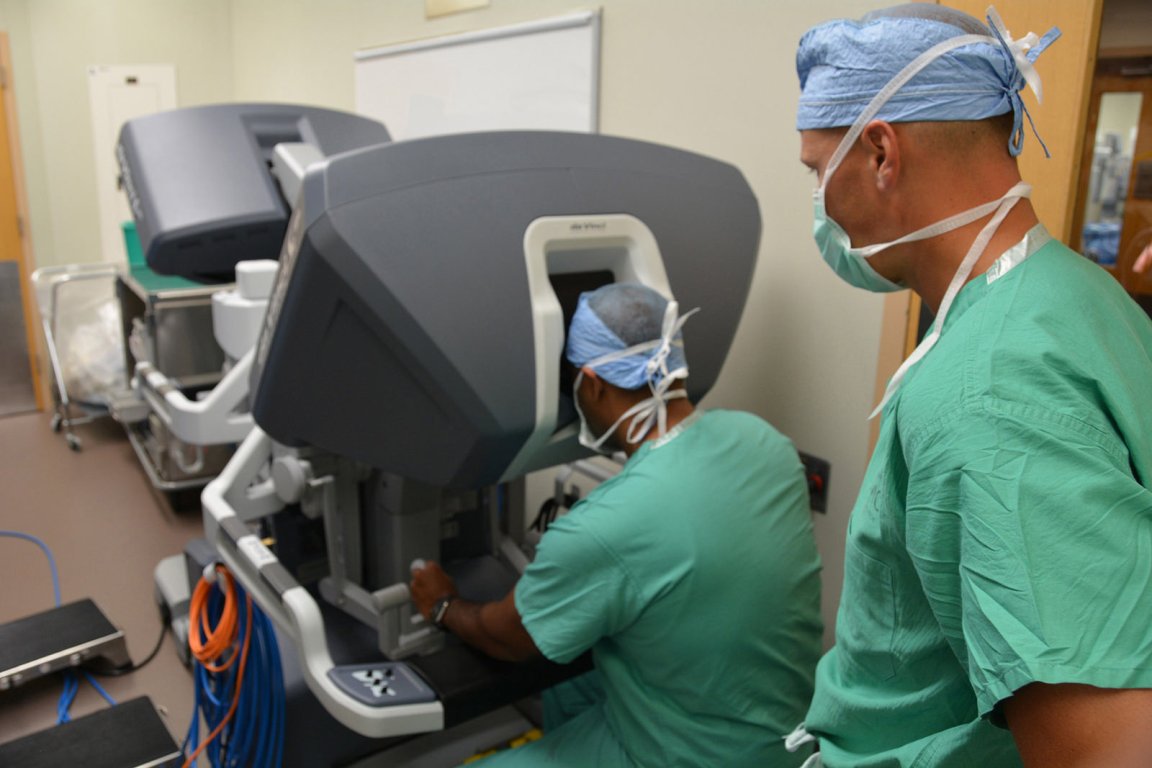
Over a hundred people have died after robotic surgery since 2000. Over a thousand have been injured. But we cannot definitively say the robots themselves are the problem.
Researchers have recently released a study on screwups that happen during robot-assisted surgeries. Here are the headline numbers:
- Between 2007 and 2013, there have been over 1.74 million robotic procedures in the US.
The data was taken from the FDA Manufacturer and User Facility Device Experience (MAUDE) database, has some issues with underreporting and inconsistencies. Death and injury from devices must be reported however, so the authors consider data from this source a valuable sample set characterizing, essentially, the lower bound of the number of adverse technological events.
- The study sampled 10,624 reports in total.
Of those sampled cases, there were 144 deaths, 1,391 injuries and 8,061 device malfunctions. That’s out of 10,624 reports, not 1.74 million procedures.
- However, a low number of the deaths (5) and injuries (436) were directly linked to issues with robotics.
That number could be underreported, though. In instances of death, most of the cases had “little to no information” available in the reports that could be used to ascertain causes. Whether a robot caused the incident is not an explicit question that’s collected as part of the MAUDE data, but in some circumstances, it was specified.
The authors recommended improved safety protocols and changes to how robotic surgery is typically structured. Some aspects of robotic procedures do increase risk. For instance:
- Robotic procedures take longer than non-robotic procedures.
- One surgeon or a surgical assistant needs to operate the insertions of equipment into the patient at the operating table while the main surgeon is at a console, removed from the operating table.
- During robotic procedures, there is a “lack of feel” so surrounding tissue can be inadvertently damaged.
- The imaging systems inserted in the body require markedly larger flows of CO2 than in non-robotic procedures, which if absorbed by the body can cause issues with the heart.
Despite the large number of robot-assisted surgeries, this is one of the first comprehensive studies of the “safety and reliability” of robotics technology in surgery. The researchers ultimately have found that a “non-negligible number” of procedures are having technical complications involving robotics.
The paper has yet to be peer-reviewed.